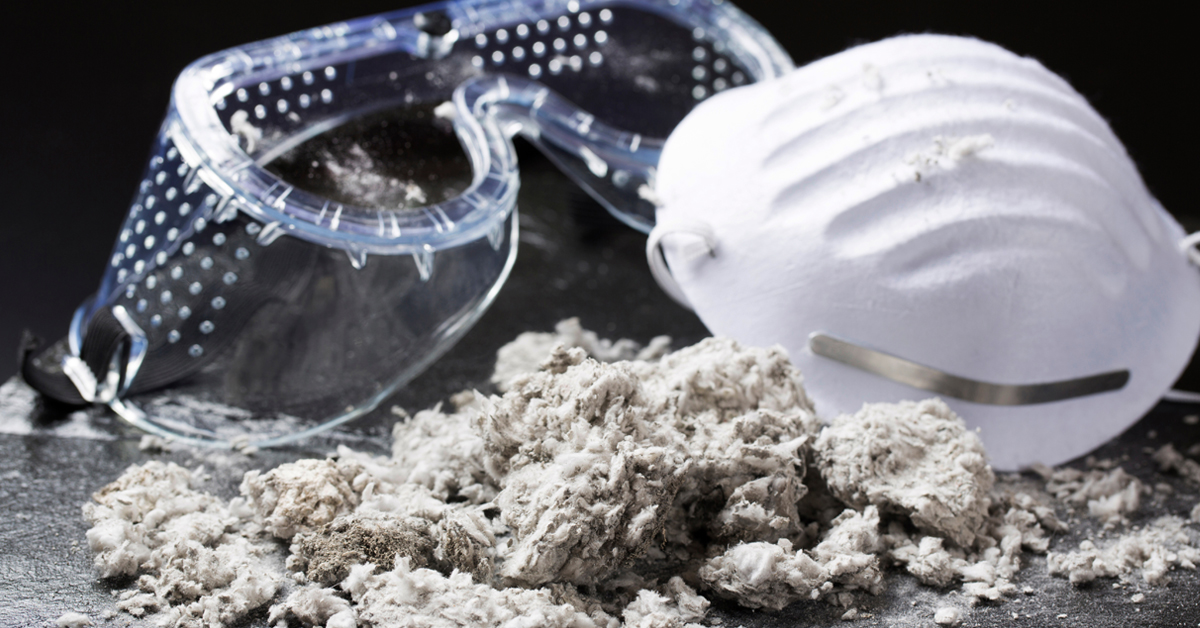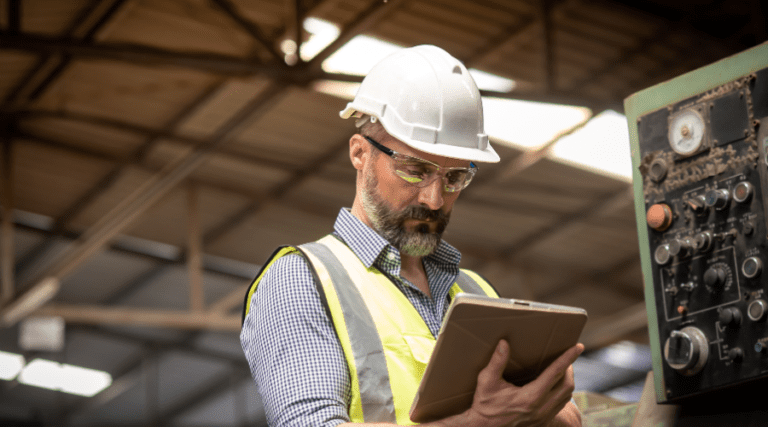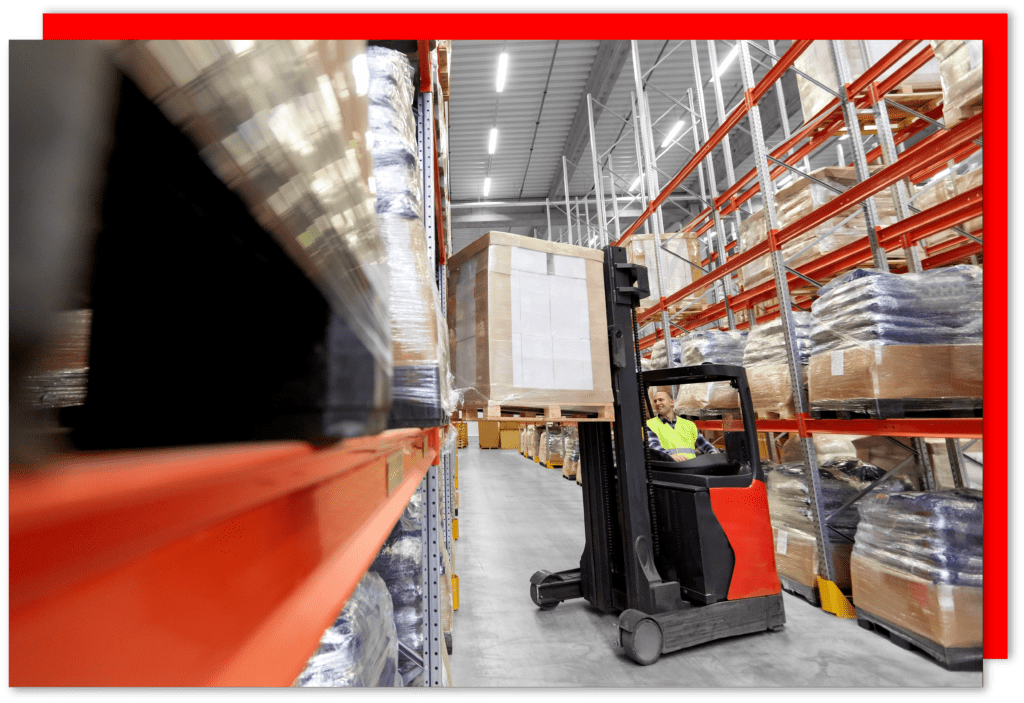HSE Awareness Campaign: Future Dangers of Asbestos
Building materials containing asbestos were widely used from 1930 to around 1980, particularly from the 1960s onwards. So, houses and flats built or refurbished at this time may contain asbestos materials.
Asbestos was widely used for various applications due to its desirable properties such as heat resistance, fire resistance, durability, and insulating capabilities. Some common uses of asbestos included construction (especially roofing, flooring and coating), textiles, industrial applications and consumer products.
It is well-known that exposure to asbestos fibres can pose serious health risks, as inhalation of these microscopic fibres can lead to various lung diseases, including asbestosis, lung cancer, and mesothelioma, however, although the use of asbestos was banned in construction 25 years ago, it is still present in many buildings built before the turn of the century and therefore is still a real and present danger that requires businesses to manage effectively. A new campaign was launched last month by the HSE to remind and emphasise the legal duties around asbestos management.
The campaign signposts duty holders to comprehensive guidance on the wider topic of asbestos safety.
How to conduct an Asbestos Risk Assessment
There are five essential steps to an asbestos risk assessment, which must be carried out by a suitable qualified, competent person.
- Identify the health risks. The person undertaking your asbestos risk assessment must first pinpoint the risks that working with or around ACMs could pose to employees. This will include the various health problems that asbestos exposure can cause, but also involves any risks posed by equipment that might be used around the ACMs. To identify these risks, the assessor must visit the workplace in order to inspect each area of the site and note down where each risk is present. Their assessment will also include speaking to the site owner and other employees who work there, and reviewing past documentation that details the history of the site or building.
- Identify who may be at risk. The next step of completing an asbestos risk assessment involves identifying who may be at risk. Those who work directly or close to ACMs will be more likely to experience harm than those who do not. As a result, an assessor must evaluate the expected level of exposure and risks associated with each building area. Also, it may be the case that a work activity puts members of the public at risk too. If so, the asbestos risk assessment must identify this and list any necessary safety measures to protect them.
- Establish the safety measures required. Arguably, the most important part of any risk assessment is determining what preventative measures are going to be taken to minimise risk. Whilst asbestos is a very dangerous material, it can be entirely risk-free to work with or around if you follow the correct safety protocols. It is the responsibility of the assessor to select the methods that will ensure the risk of ASM exposure is either minimised as much as possible or entirely removed. In most cases, it won’t be possible to avoid exposure completely if you are working with materials that contain asbestos, but there are many efficient ways to make this work as safe as you can. Precautions may include the controlled wetting of site areas, asbestos enclosure, installing ventilation where the ASM is located, and giving protective clothing and equipment to anyone at risk of exposure. If a large quantity of asbestos is being dealt with, whole areas of the site or building may be enclosed to ensure everyone else’s safety.
- Produce and distribute assessment findings. Once completed, an employer must record their risk assessment and its significant results if they have five or more employees and keep a copy of this assessment on-site for all employees to view. They must also inform their employees of the contents of the risk assessment. If you have identified that other individuals may also be at risk from ASM exposure, such as nearby members of the public, this risk information must also be delivered to them.
- Review the assessment regularly. Once a risk assessment has been produced, it may be necessary to change or update some of the risks and procedures that are listed. This is the responsibility of the assessor and is one of the reasons why it is so important to keep a copy of the risk assessment to hand on-site.
Actions or events that may prompt a review of the risk assessment could be an accident, feedback from an employee, a near-miss with equipment or ACM, or the introduction of a new piece of equipment or member of staff. In some cases, a new hazard might be revealed as work progresses, which will also require an update to the risk assessment.












